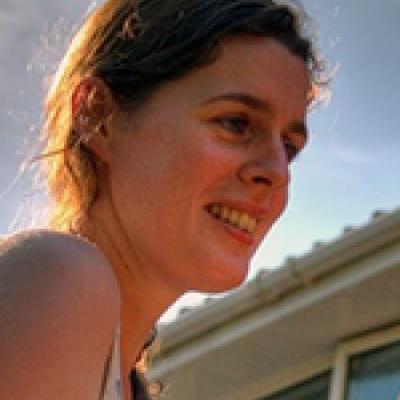Dr Julie Durcan
Luminescence Dating Laboratory Co-ordinator
Luminescence Dating Laboratory Co-ordinator
Academic Profile
Julie is a postdoctoral researcher in the School of Geography and the Environment, specialising in luminescence dating and reconstructing Quaternary environmental change. She is currently working on the Leverhulme Trust funded project Holocene socio-environmental relationships in the Indus Valley with Professor David Thomas (University of Oxford), Dr Cameron Petrie (University of Cambridge) and Dr Hector Orengo (Catalan Institute of Classical Archaeology). Julie teaches on the Final Honours School options course The Quaternary Period: Natural and human systems and has taught Preliminary Examination and Final Honours School tutorials across a broad range of physical geography topics at St John’s and Brasenose Colleges.
Julie was awarded her PhD from Aberystwyth University in 2013. Her research focused on the luminescence dating of river systems in Pakistan and relating changing fluvial activity to the collapse of the Indus civilisation. Since then, Julie has been a postdoctoral researcher in the School of Geography and the Environment (2013-2014; 2020-present) and a Supernumerary Teaching Fellow at St John’s College (2015-2019).
Current Research
Julie’s current research interests include palaeoenvironmental reconstruction in low latitude regions, reconstructing socio-environmental relationships in the late Quaternary period, and the development and application of the optically stimulated luminescence (OSL) dating technique.
Current and recent projects include:
- Reconstructing palaeoenvironmental and palaeohydrological changes using luminescence dating as a chronometer, working on projects in India, Kazakhstan, Egypt, Australia, and Namibia.
- Exploring the impact of palaeoclimatic and palaeoenvironmental change on the Bronze Age Indus Civilisation in India and Pakistan.
- Investigation of the kinetic parameters of quartz luminescence signals.
- Refining and improving the quantification of empirically derived and modelled environmental dose rates in trapped charge dating contexts.
She is author of DRAC: Dose rate and Age Calculator for trapped charge dating and a contributor to the R Package: Luminescence - Comprehensive Luminescence Dating Data Analysis.





